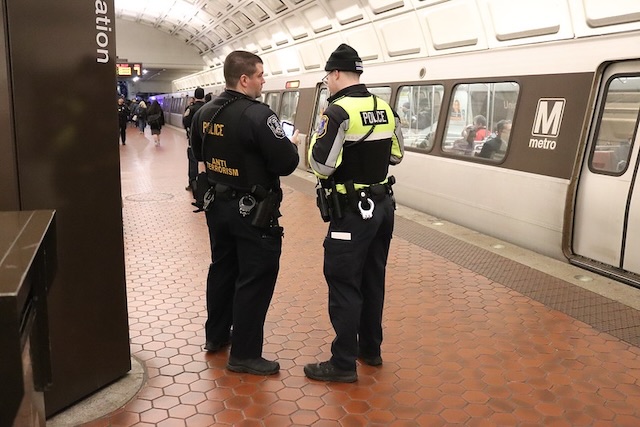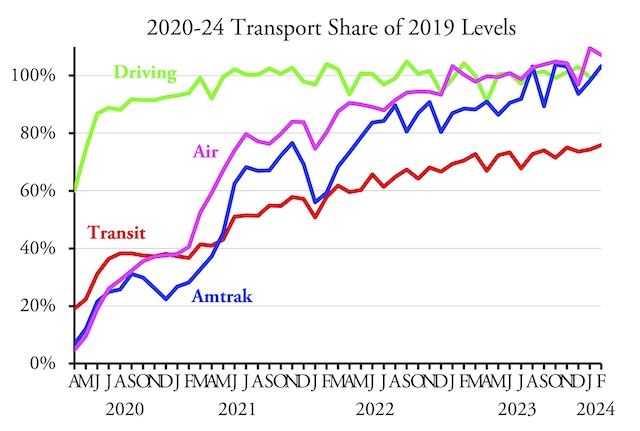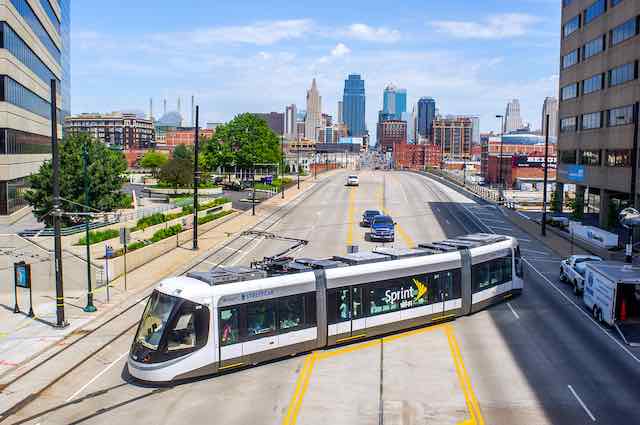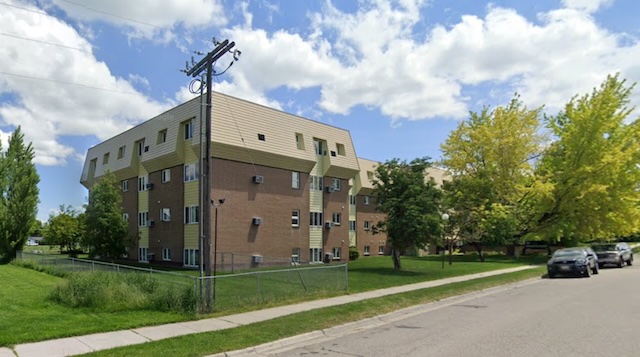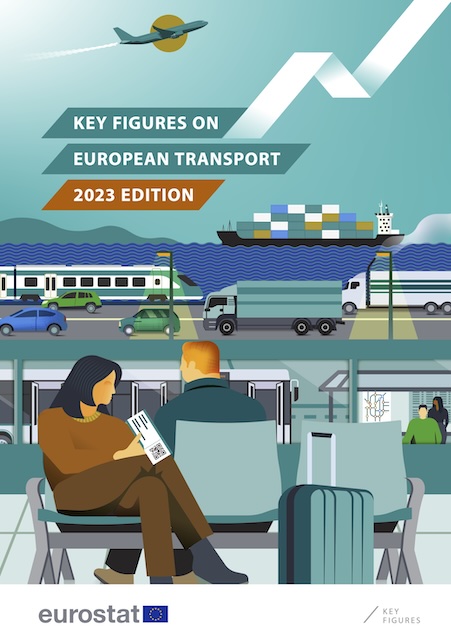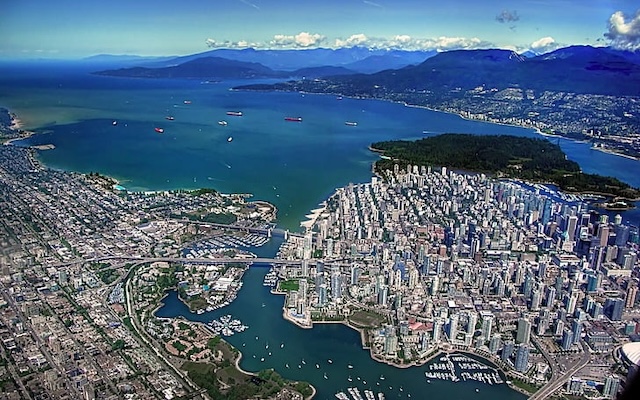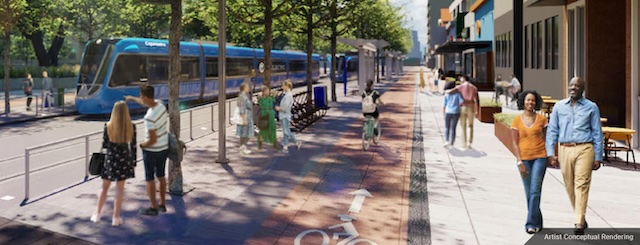After accounting for Leap Day, Americans drove almost 2.3 percent more miles per day in February 2024 than in the same month of 2019, according to data released by the Federal Highway Administration on Friday. Rural driving was 9.7 percent more than before the pandemic while urban driving was 0.8 percent less. At least some of these differences are due to people moving from urban to rural areas.
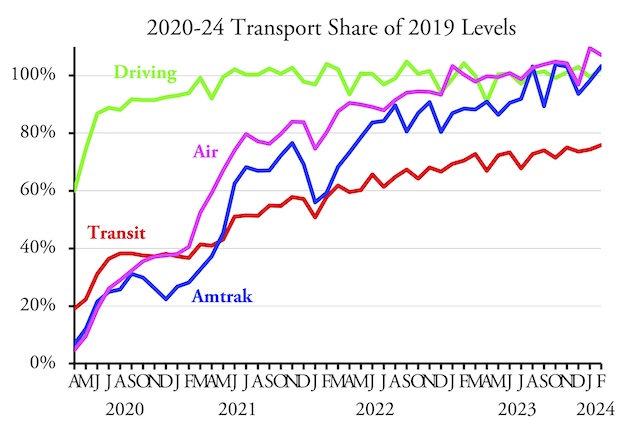 The February 2024 line for driving is obscured by the line for Amtrak, but both are approximately 102 percent.
The February 2024 line for driving is obscured by the line for Amtrak, but both are approximately 102 percent.
While Amtrak, air travel, and driving have all fully recovered from the pandemic, transit has not. When I posted February 2024 transit data last week, someone commented that “Some areas have nearly recovered” while “areas like the Bay Area drag the data down.” It’s true that a handful of areas have recovered, in many cases because they are giving away transit rides for free. But most have not, unless you define 80 percent as “nearly recovered.” As of last week’s February data, out of the nation’s 50 largest urban areas, only 2 have fully recovered and only three more saw 90 percent of pre-pandemic ridership. Continue reading

